Galerie




Fidèle à l’esprit du couturier défunt, pour ce printemps/ été 2016 Sarah Burton s’est attaché à cette histoire commune entre la France et l’Angleterre, celle de ces immigrés Huguenots (1) fuyant à la hâte l’hexagone suite à la révocation de l’Edit de Nantes (2), et s’installant alors dans le Londres du XVIIe siècle. Cette collection à l’empreinte historicisante apparait très éthérée ; les silhouettes sont graciles, les tons poudrés et les robes à la coupe fin d’ère victorienne ne font pas impasse sur de légers volants de dentelle et de tulle.
Le maquillage, les accessoires se font également très discrets : le luxe est dans la légèreté et s’oppose clairement au style Empire en vogue alors en France. Pourquoi fin d’ère victiorienne ? La fin de style victorien se caractérise par des bustiers plus longs, des traines qui disparaissent et des jupes plus étroites. Les cols sont droits, montants, et ressemblent de plus en plus à de véritables vestes, annonçant alors la mode Belle Époque alors émergeante. Un entre deux, une passation.
Suivent des silhouettes moins virginales et plus fermement masculines : jeans et redingotes, les premiers ornés des fleurs qui parsemaient les jardins certes modestes mais dont les allées végétales étaient très appréciées. « Leurs jardins étaient de véritables joyaux dans ce qui était alors un Londres très pauvre. On les qualifiait de “Ligne de beauté”, car tout y était fait en forme de S », explique Sarah Burton (backstage).
Ces silhouettes donc, toujours aussi romantiques – mais d’un romantisme plus revendicatif, faisant irrémédiablement penser à la période révolutionnaire qui se construit alors en France, dévoilent ainsi des torses nus aux seins presque invisibles et aux chaines épaisses – comme une image de ces chaînes qu’il faudra bientôt briser, des redingotes militaires rouge sang, nombres de pantalons – dont les poches sont pleines de graines & de bulbes, s’apprêtant à ensemencer les jardins de l’East End – mais aussi de cuir léger comme de la soie mais pas pour autant moins solide. « Je voulais que ce soit tangible et convaincant, féminin, mais aussi fragile et solide tout à la fois », SB backstage. (3)
Peut-être là une analogie entre la femme protestante, ayant à repartir de zéro et tout reconstruire, dans une douleur toute romantique et nostalgique à la fois, un regard quelque peu dans le passé, un arrachement soudain et douloureux à une terre natale, entre la France et l’Angleterre. Un syncrétisme dans la tenue qui révèle des influences doubles. Et Burton, se voyant confier les rênes d’une maison dont le souvenir de son créateur est encore frais ; de ces années de succès avec Alexander Mcqueen, de ses propres débuts à la toute fin de ses études, auprès de son fondateur.
(1) Les Huguenots étaient les protestants du royaume de France et de Navarre, longtemps persécutés par les catholiques au cours du XVIe siècle qui auront donc été forcés de fuir. Pour aller plus loin : Hugues Daussy, Le parti huguenot : chronique d’une désillusion (1557-1572), Genève, Librairie Droz, coll. « Titre courant » (no 41),
(2) On mentionne toujours la dite Révocation de l’Édit de Nantes mais il s’agit de l’édit de Fontainebleau du 18 octobre 1685 signé par Louis XIV (qui révoque l’édit de Nantes). Pour aller plus loin : Didier Boisson, Hugues Daussy, Les protestants dans la France moderne, Paris, Belin, 2006
(3) https://madame.lefigaro.fr/defiles/alexander-mcqueen/printemps-ete-2016/pret-a-porter-0/98730
![]() Faithful to the spirit of the late fashion designer, for this spring summer 2016 Sarah Burton focused on the common history between France and England. Indeed, Huguenot (1) immigrants hastily fled the hexagon after the revocation of the Edict of Nantes (1), and then settled in the XVIIth century’s London. This collection with historicizing footprint appears to be very ethereal; silhouettes are slenders, powdered colors and dresses in the late Victorian era do not skip flying light lace and tulle.
Faithful to the spirit of the late fashion designer, for this spring summer 2016 Sarah Burton focused on the common history between France and England. Indeed, Huguenot (1) immigrants hastily fled the hexagon after the revocation of the Edict of Nantes (1), and then settled in the XVIIth century’s London. This collection with historicizing footprint appears to be very ethereal; silhouettes are slenders, powdered colors and dresses in the late Victorian era do not skip flying light lace and tulle.
Makeup, accessories are also very discreet: luxury is in lightness and is clearly opposed to the Empire style then in vogue in France. Why late Victorian era ? Late Victorian style was characterized by longer bustiers, disappearing trains, and narrower skirts. The collars are straight, high, and look more and more like real jackets, announcing the then emerging Belle Époque fashion. One between two, a handover.
Follow less virginal and more firmly masculine silhouettes: jeans and coats, the former – jeans – are decorated with flowers that few centuries ago, had embellished the admittedly small gardens. In this garden vegetable aisles were much appreciated. « Their gardens were real gems in what was a very poor London. They are described as « Beauty Line » because everything was made S-shaped « says Sarah Burton (backstage).
These figures therefore, always so romantic – but a more assertive romantic, hopelessly reminiscent of the revolutionary period that is built then in France, and reveals naked torsos with no almost invisible breasts and thick chains – such as a picture of these chains which are going to be broken soon, military coats with blood red, lots of trousers – whose pockets are full of seeds & bulbs, preparing to sow East End gardens – but also light leather like silk but not any less strong. « I wanted it to be real and convincing, feminine, but also fragile and strong at the same time, » according to SB backstage. (3)
Perhaps there is an analogy between the Protestant woman, having to start from scratch and rebuild everything, in a pain that is romantic and nostalgic at the same time, a look somewhat into the past, a sudden and painful tearing away from a native land, between France and England. A syncretism in the outfit which reveals dual influences. And Burton, being entrusted with the reins of a house whose memory of its creator is still fresh; of these years of success with Alexander Mcqueen, from his own beginnings to the very end of his studies, with its founder.
(1) The Huguenots were the Protestants of the kingdom of France and Navarre, long persecuted by the Catholics during the 16th century who were therefore forced to flee. To go further: Hugues Daussy, The Huguenot party: chronicle of disillusionment (1557-1572), Geneva, Librairie Droz, coll. “Running title” (no. 41), 2015
(2) We always mention the so-called Revocation of the Edict of Nantes but it is the Edict of Fontainebleau of October 18, 1685 signed by Louis XIV (which revokes the Edict of Nantes). To go further: Didier Boisson, Hugues Daussy, Protestants in modern France, Paris, Belin, 2006
(3) https://madame.lefigaro.fr/defiles/alexander-mcqueen/printemps-ete-2016/pret-a-porter-0/98730
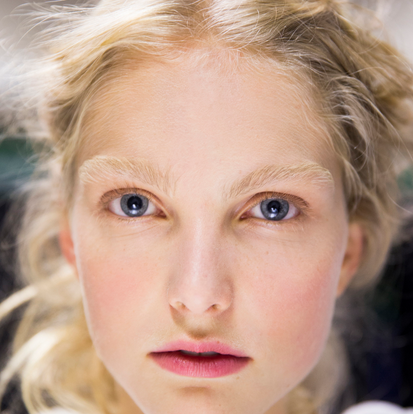




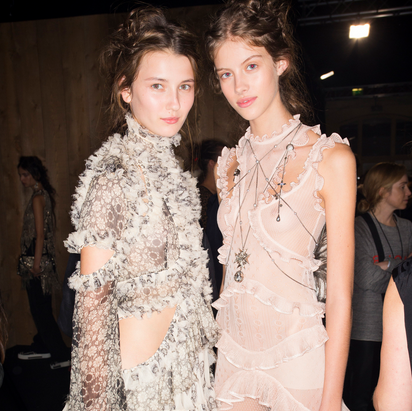




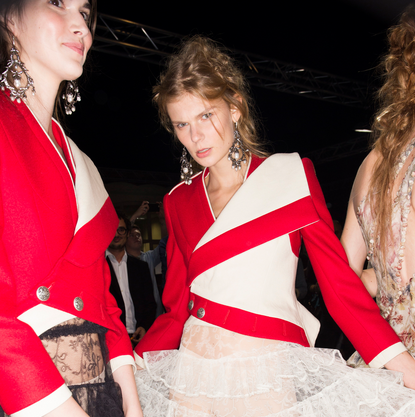



















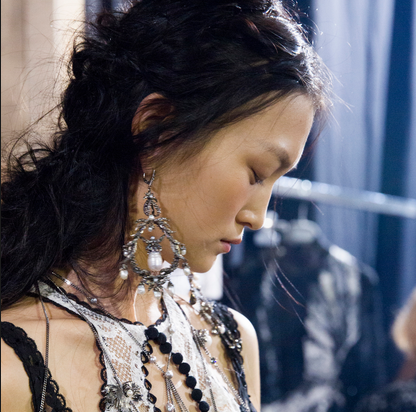




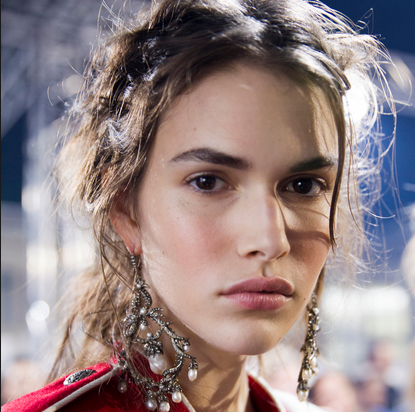




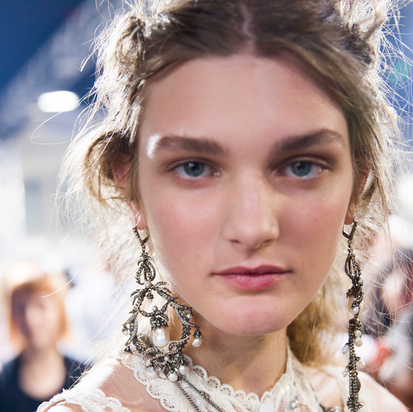




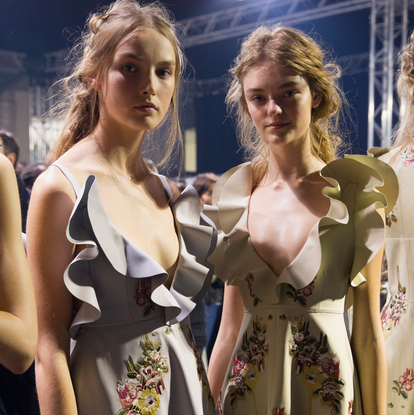






Spot on with this write-up, I truly suppose this web site wants much more consideration. I’ll in all probability be again to read much more, thanks for that info.
Your storytelling engages my attention throughout. I can’t help but read every single word you write.